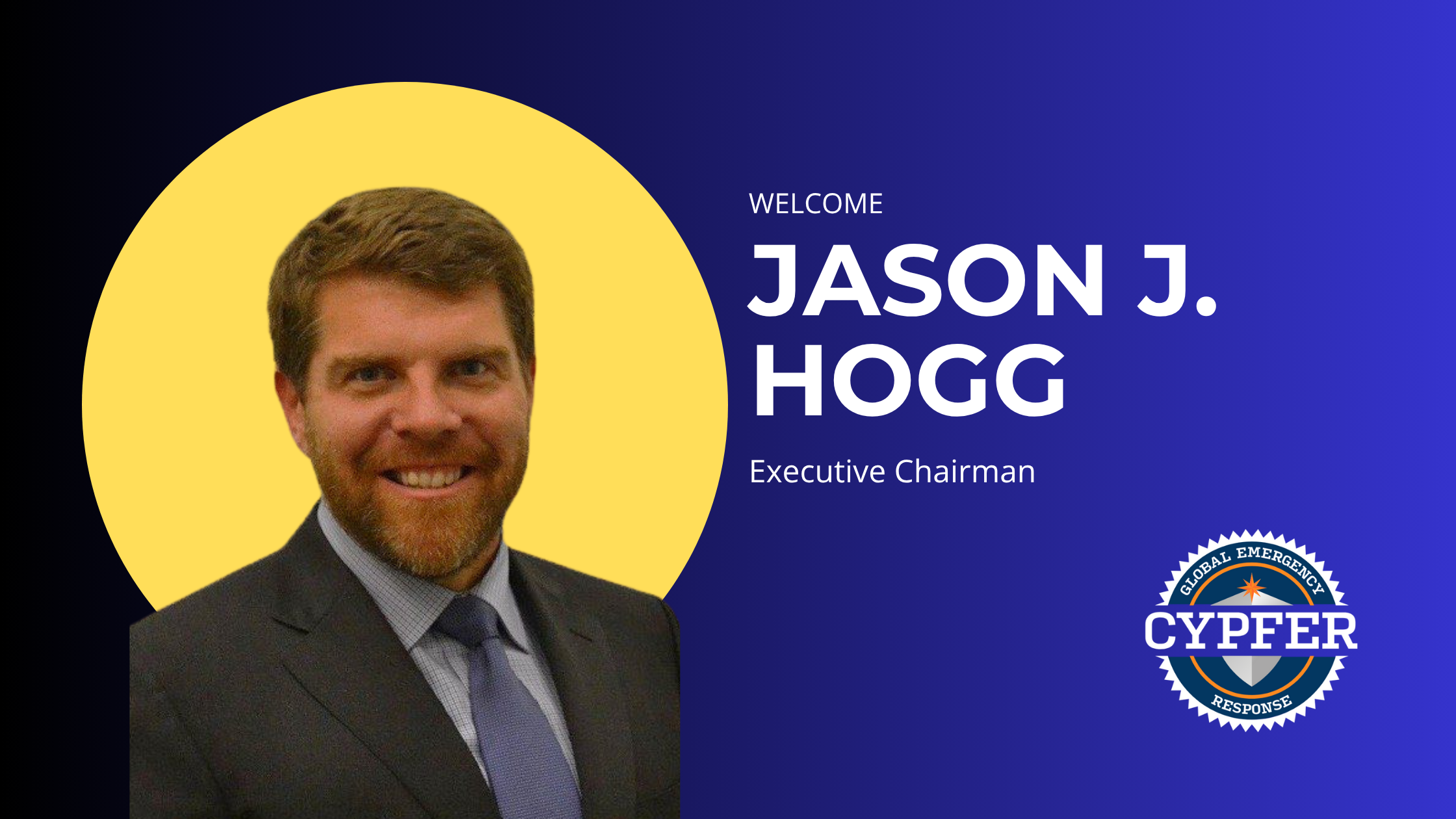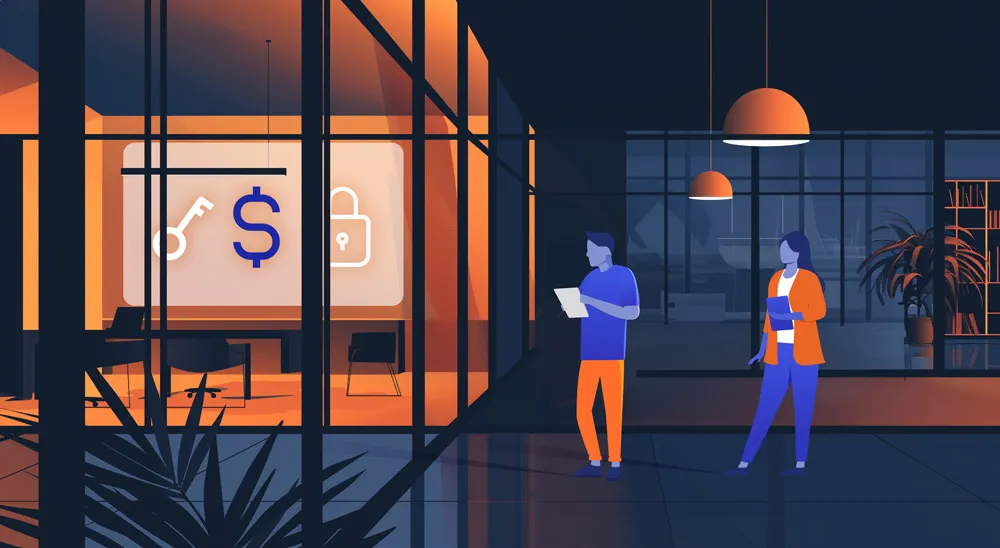
Understanding and Combating Sophisticated Phishing Attacks in 2024
How to Protect Your Organization with Expert Strategies and Proactive Measures from CYPFER
In the ever-evolving landscape of cyber threats, phishing remains one of the most insidious and damaging tactics employed by cybercriminals. As we navigate through 2024, the sophistication of phishing attacks has reached unprecedented levels, making them harder to detect and more dangerous than ever before. These attacks can infiltrate our personal lives and professional environments, leading to severe financial losses, data breaches, and reputational damage. It is imperative for individuals and organizations alike to stay vigilant and well-informed about these threats.
Phishing attacks today are no longer the crude, easily identifiable scams of the past. They are meticulously crafted, highly targeted, and often indistinguishable from legitimate communications. Whether it’s a cleverly disguised email from a seemingly trusted source, a fraudulent message prompting urgent action, or a sophisticated scheme targeting high-profile executives, the consequences of falling victim can be catastrophic.
This blog post delves into the nature of sophisticated phishing attacks, highlighting their impact, and providing essential safety tips to protect yourself and your organization. We will also explore how CYPFER, with its expertise in cybersecurity, can fortify your defenses against these threats and offer swift, effective response measures in the event of an attack.
Let’s arm ourselves with knowledge and take proactive steps to safeguard our digital lives from the pervasive menace of phishing.
What is Phishing?
Phishing is a cyber-attack that uses disguised emails, messages, or websites to trick individuals into revealing sensitive information such as login credentials, financial information, or personal details. Common targets include individuals via email, SMS, social media, and malicious websites.
Types of Phishing Attacks
- Email Phishing: Broad-spectrum attacks sent to a large number of people.
- Spear Phishing: Targeted attacks personalized to specific individuals or organizations.
- Whaling: Specifically targets high-profile individuals like executives and senior management.
- Smishing: Phishing conducted via SMS text messages.
- Vishing: Phishing conducted via phone calls.
Anatomy of a Sophisticated Phishing Attack
Sophisticated phishing attacks often follow a structured lifecycle:
- Reconnaissance: Gathering information about the target.
- Crafting the Bait: Creating a compelling message that appears legitimate.
- Deployment: Sending the phishing message.
- Harvesting Data: Collecting the stolen information.
These attacks are characterized by personalized content, use of compromised accounts, advanced social engineering tactics, and legitimate-looking domains and cloned websites.
Senior Management (Whaling) Phishing
High-profile individuals such as CEOs, CFOs, and COOs are prime targets for whaling attacks due to their access to sensitive information and financial assets. Common tactics include impersonation of trusted contacts, use of urgent and confidential language, and requests for financial transactions or sensitive information. Signs to watch for include unexpected requests for confidential information, unusual language or tone from familiar contacts, and requests for wire transfers or large financial transactions.
Real-World Examples
- CEO Fraud:
- Scenario: Attackers impersonated the CEO and sent an urgent email to the finance department requesting a wire transfer.
- Indicators: Unusual urgency, new bank account details, slight changes in the email address.
- Vendor Email Compromise:
- Scenario: Attackers compromised a vendor’s email and sent invoices with updated bank details.
- Indicators: Changes in routine, subtle modifications to email addresses, unexpected attachments.
- Payroll Diversion Scam:
- Scenario: Attackers impersonated an employee and requested changes to direct deposit information.
- Indicators: Email from a seemingly legitimate employee account but with a sense of urgency and poor grammar.
- HR Benefits Scam:
- Scenario: Attackers sent emails purporting to be from HR, asking employees to click a link to update their benefits information.
- Indicators: Generic greetings, urgent tone, link to a fake HR portal.
- Business Email Compromise (BEC):
- Scenario: Attackers gained access to an executive’s email account and used it to instruct staff to make wire transfers to fraudulent accounts.
- Indicators: Unusual timing, requests outside normal business operations, new payment details.
Impact of Phishing Attacks
Phishing attacks can have severe consequences, including:
- Financial Losses: Direct financial impact from fraudulent transactions.
- Data Breaches: Exposure of sensitive and confidential information.
- Reputation Damage: Loss of trust from clients, partners, and stakeholders.
- Operational Disruption: Downtime and loss of productivity during incident response and recovery.
Top Phishing Safety Tips
- Verify the Sender: Always check the sender’s email address carefully for discrepancies or unusual characters. Contact the organization directly using a known phone number or email address if suspicious.
- Be Wary of Links and Attachments: Avoid clicking on links or downloading attachments from unknown or unexpected sources. Hover over links to see the actual URL before clicking, and only open attachments if certain they are safe.
- Look for Red Flags: Phishing emails often contain spelling and grammatical errors, generic greetings (e.g., “Dear Customer”), and urgent or threatening language. Be skeptical of emails that create a sense of urgency.
- Enable Two-Factor Authentication (2FA): Enable 2FA on your online accounts whenever possible. This adds an extra layer of security by requiring a second form of verification, such as a text message or authentication app, in addition to your password.
- Keep Software Updated: Ensure your operating system, browser, and antivirus software are up-to-date. Security updates often include patches for vulnerabilities that phishers may exploit.
- Educate Yourself and Others: Stay informed about the latest phishing techniques and educate those around you. Regular training and awareness programs can significantly reduce the risk of falling victim to phishing attacks.
- Use Strong, Unique Passwords: Create strong passwords that are difficult to guess and use different passwords for each of your accounts. Consider using a password manager to help you keep track of your passwords securely.
- Check for HTTPS: When entering sensitive information online, ensure the website’s URL begins with “https://” and look for a padlock icon in the address bar. This indicates that the site uses encryption to protect your data.
- Monitor Your Accounts Regularly: Regularly review your bank statements, credit card bills, and online account activity for any unauthorized transactions or changes. Report any suspicious activity to your financial institution immediately.
- Report Phishing Attempts: Report phishing emails and websites to your email provider, IT department, or relevant authorities. Many email services have a “Report Phishing” option. By reporting phishing attempts, you can help prevent others from falling victim to the same attacks.
Incident Response
If you suspect a phishing attack, follow these steps:
- Immediate Actions: Disconnect from the network, report to IT/security team, and avoid engaging with the phishing email.
- Containment and Eradication: Isolate affected systems, remove malicious software, and conduct a thorough investigation.
- Recovery and Lessons Learned: Restore data from backups, review and improve security measures, and conduct a post-incident analysis.
Protecting Your Identity and Personal Info
Compromised personal data can have serious consequences, including identity theft, financial fraud, and job losses. Reliable cybersecurity protection and swift action upon discovering a breach are crucial. We encourage readers to visit our ID Protection portal designed to meet these challenges. With ID Protection, you can check if your data has been exposed, secure your social media accounts, create strong passwords, enjoy safer browsing, and receive comprehensive remediation and insurance services.
Secure File Sharing with ShareFile Links
For secure file sharing, consider using ShareFile links. ShareFile offers encrypted transfers, access controls, audit logs, and secure storage to prevent unauthorized access to sensitive documents.
How CYPFER Can Help
At CYPFER, we specialize in helping organizations strengthen their infrastructure against phishing attacks. Our services include:
- Proactive Security Measures: We help you implement the latest security technologies and practices to protect your organization from potential phishing attacks.
- Awareness Training: Our comprehensive training programs educate your employees on recognizing and responding to phishing attempts, significantly reducing the risk of falling victim to such attacks.
- Incident Response: If your organization experiences a phishing attack, our team of experts is ready to help. We provide immediate support to contain and eradicate the threat, restore affected systems, and conduct a thorough post-incident analysis to prevent future occurrences.
Phishing attacks are a constant threat, but by staying informed and following best practices, you can significantly reduce the risk of falling victim. Implementing technical solutions, updating policies, and educating employees are key steps in protecting your organization. Stay vigilant, report suspicious activity, and ensure your cybersecurity measures are robust and up-to-date. And remember, CYPFER is here to help you every step of the way, from proactive protection to rapid incident response.
Your Complete Cyber Security Partner:
Every Step, Every Threat.
At CYPFER, we don’t just protect your business—we become part of it.
As an extension of your team, our sole focus is on cyber security, ensuring your peace of mind. From incident response and ransomware recovery to digital forensics and cyber risk, we integrate seamlessly with your operations. We’re with you 24×7, ready to tackle threats head-on and prevent future ones.
Choose CYPFER, and experience unmatched dedication and expertise. Trust us to keep your business secure and resilient at every turn.

Get Cyber Certainty™ Today
We’re here to keep the heartbeat of your business running, safe from the threat of cyber attacks. Wherever and whatever your circumstances.
Contact CYPFER





